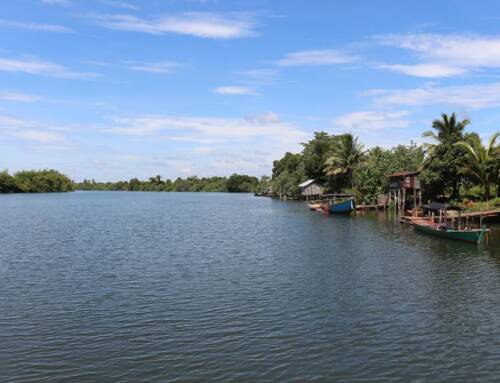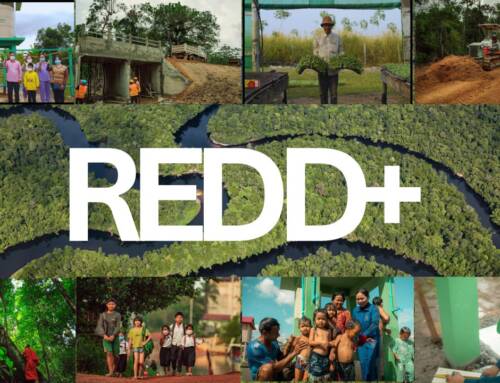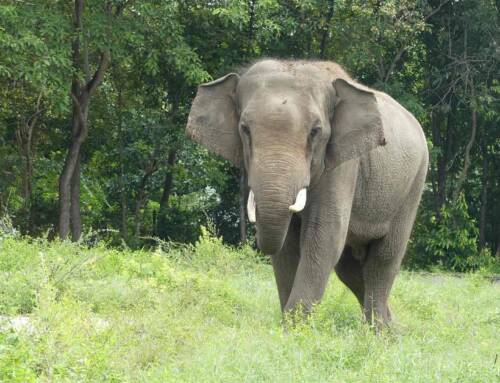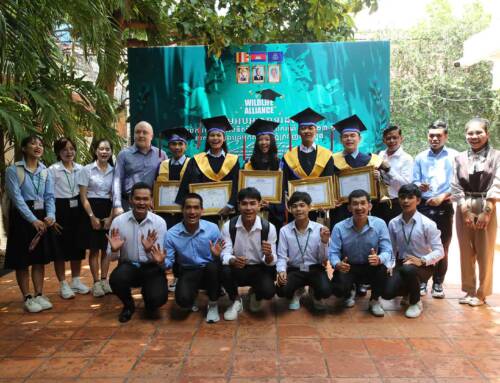Today marks a new beginning for the Southern Cardamoms REDD+ Project: financial assistance for essential infrastructure for communities in the Cardamoms. On 21st June, the NGO and REDD+ project implementer Wildlife Alliance formally announced its financial assistance to address the livelihood challenges of Pour Bang Village in Dong Peng Commune, Sre Ambel District, Koh Kong Province.
This assistance comes in response to a phone call received from Pour Bang village on 10 June 2021 asking for help to provide essential infrastructure, including a 7km road, a bridge across the river, a secondary school and a health centre. Due to the distance from the village to Sre Ambel District Town, it can take many hours for sick people to access medical attention.
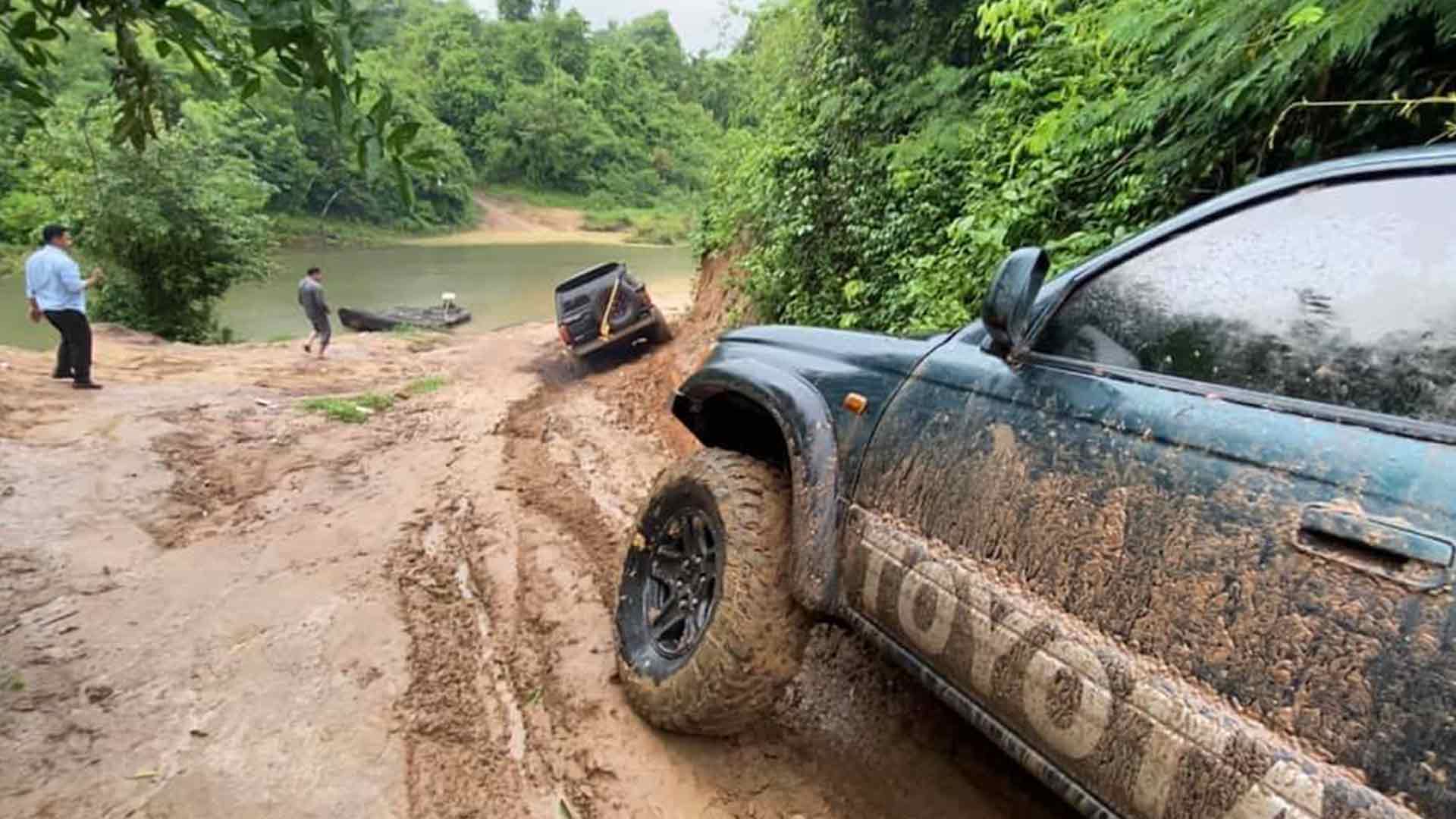
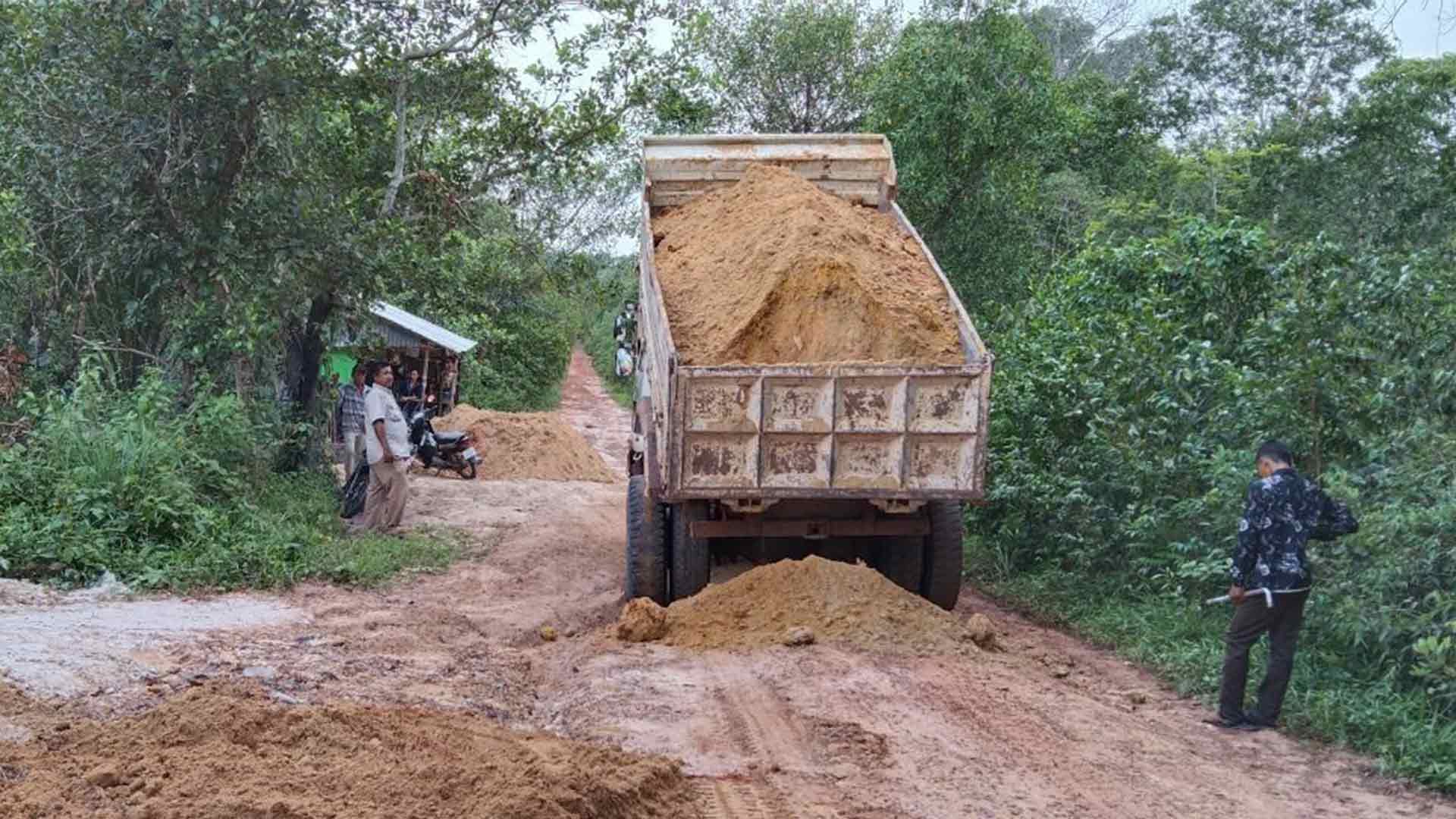
On the morning of Monday 21st June, there was a ceremony at the Dong Peng Commune Hall, Sre Ambel District to announce the financial assistance. There, Wildlife Alliance, representing the Southern Cardamoms REDD+ Project, provided $50,000 in direct assistance for infrastructure. This includes: construction of the access road to the village, a bridge over the river, a secondary school, and a new health centre, equipped with a doctor and sufficient medical supplies. In addition, eight water wells are scheduled for construction, for which Wildlife Alliance completed preliminary drilling this week.
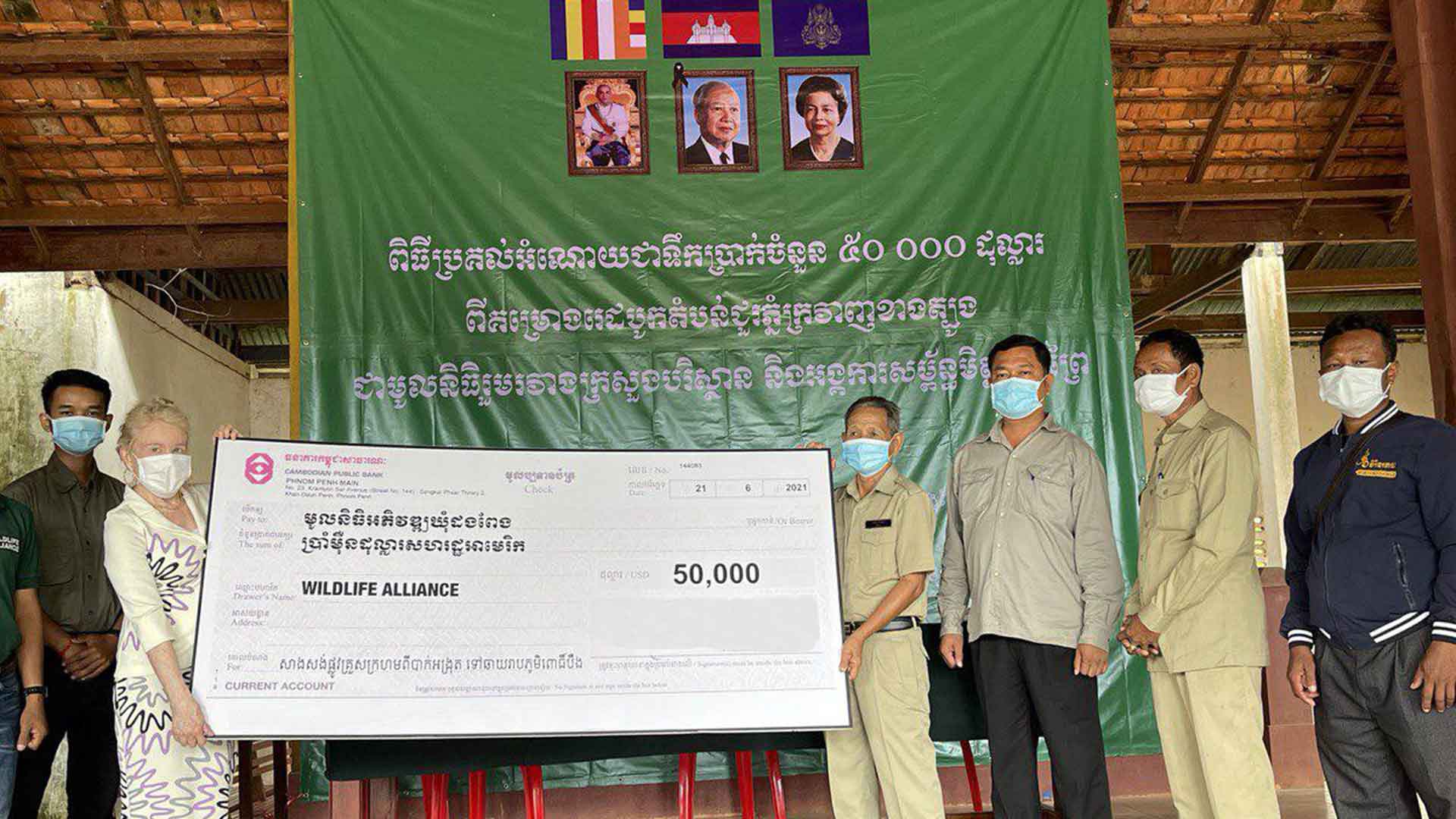
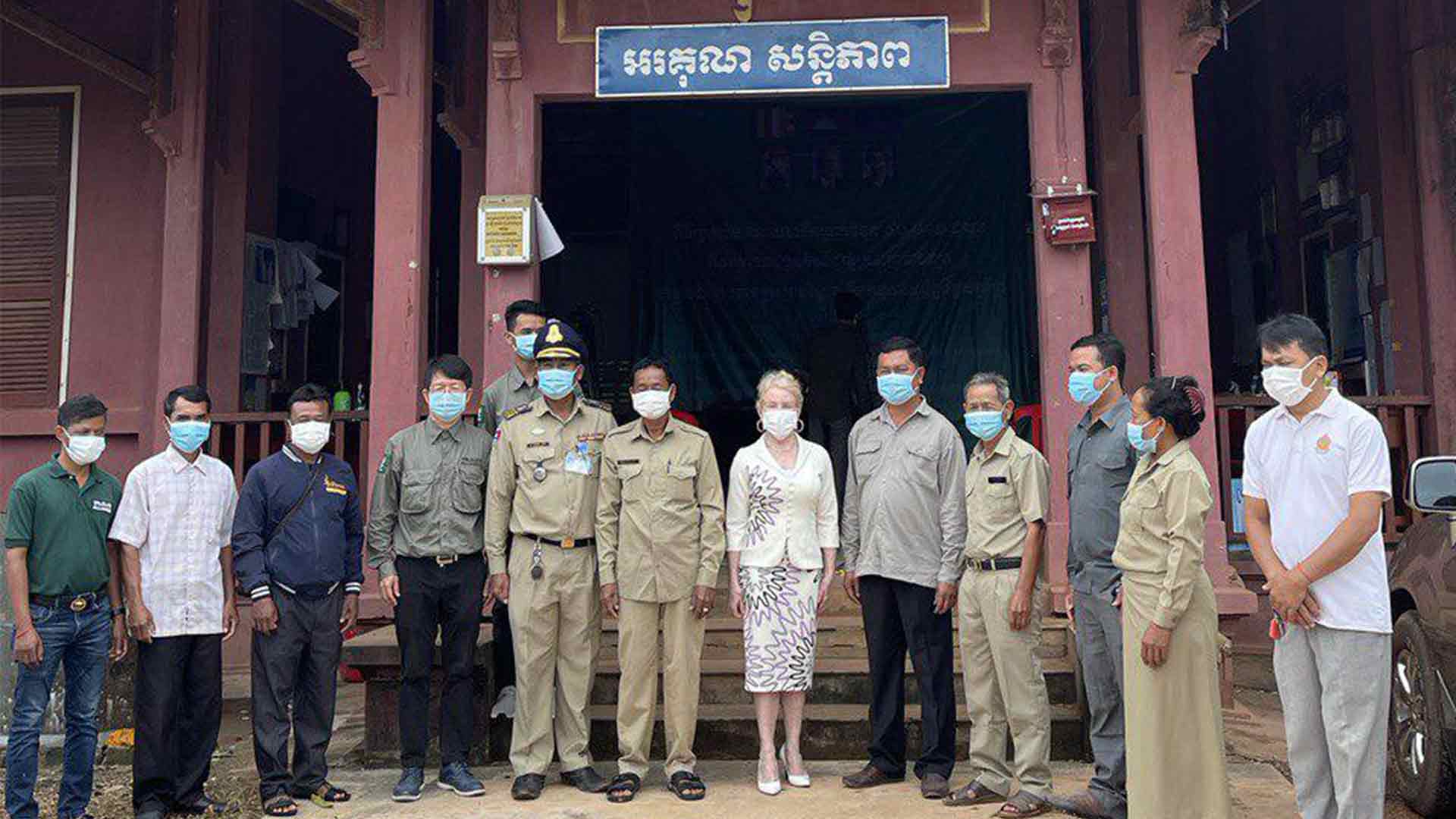
This financial assistance is thanks to the commitment of the Ministry of Environment to keep the forest standing in Sre Ambel Valley and the Southern Cardamom National Park. This commitment, together with Wildlife Alliance’s implementation, is generating revenue from the sale of carbon credits from the Southern Cardamom REDD+ Project. Buyers include foreign companies who offset their CO2 emissions through the carbon absorption of the Cardamom Forest. The financial assistance to Pour Bang village is the direct result of carbon credits purchased by international companies.
In November 2020, Wildlife Alliance conducted a socio-economic survey and discussed infrastructure plans with Pour Bang village chief and the Commune Council. They found that the most urgent need to improve livelihoods was the completion of the road from Pour Bang Village to Sre Ambel Town to enable villagers to bring their agriculture products to Sre Ambel Market.
How does infrastructure reduce poverty?
Investment in rural infrastructure has multiple benefits and lead to:
- higher agricultural and non agricultural activity,
- employment and income opportunities, and
- increased availability of wage goods
meaning that poverty can be reduced by raising average household incomes.
According to an ADB report, Infrastructure and Poverty Reduction: What is the Connection?
“Greater access of the poor to education and health services, water and sanitation, employment, credit, and markets for produce is needed.”
In Cambodia, there is a serious infrastructure gap, according to a 2019 World Bank report. Amongst the most critical services in need of improvement are water, sanitation and roads.
The community spoke, we listened
This is especially true in Sre Ambel. According to Mr Hong Bros, Sre Ambel district deputy governor, the road is necessary to improve access and livelihoods of local people.“This village is in a remote area where it lacks even basic infrastructure such as a road and the villagers are happy they are going to have a road linking the town,” he told the Khmer Times.
As the World Bank report notes, not having a road impacts other areas of life, including “food value-chains and access to health, education and other public services.”
Do better roads mean better jobs?
In short, yes. According to the ILO, “it is easier, faster, more convenient and less expensive for people to travel and transport their produce if the road network is in good shape.”
This brings a range of enhanced opportunities for road users and non-road users “to sell produce or find work [and] also in increased productivity and profits.
What’s more, “Rural roads benefits both users and operators of rural transport services and the entire rural transport service supply industry…”
In conclusion, better connectivity, including backward and forward linkages will “stimulate local economic development and provide new income opportunities for the rural poor.”
The Southern Cardamoms REDD+ Project was developed by the Ministry of Environment and Wildlife Alliance with three purposes: firstly, to enhance local livelihoods; secondly to keep the forest protected, because it is the reservoir of carbon for carbon credit sales; and thirdly to bring revenue to the Royal Government of Cambodia. Sales of carbon credits from the Southern Cardamoms REDD+ Project began in January 2019, and current buyers are located in Europe and the US.
Over its lifetime, the Southern Cardamoms REDD+ Project is predicted to prevent up to 110 million tonnes of carbon emissions. Therefore, villages in the Cardamom Rainforest are working directly with international companies to counter the effects of global climate change. Por Bang villagers and Wildlife Alliance are looking forward to working together to commence construction as soon as possible.

